Oculus Rift: VR headset finally lands in UK stores
The Oculus Rift headset has arrived in the UK. Here's what you need to know
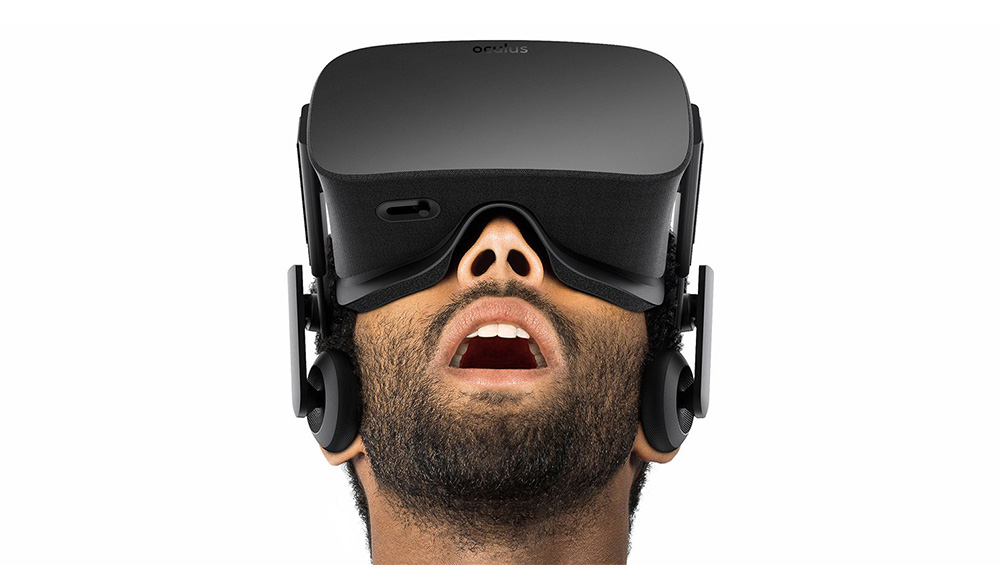

Oculus Rift at a glance
- Oculus Rift now on sale in the UK
- Available at John Lewis, Currys PC World, GAME, Amazon
- 'Oculus Touch' motion control system delayed till second half of 2016
- Retail price set at £549
- First launched back in 2012
Latest news
20/09/2016: The Oculus Rift is finally available in the UK, four years after the hardware was first unveiled on Kickstarter.
The virtual reality headset will cost £549 and is available online at Amazon as well as in-store at John Lewis, Currys/PC World, and GAME, among others. If you want to try it out, you can schedule a demo at an Oculus Live site here.
The headset first went on sale in the US earlier this year, with more-expensive rival HTC Vive hitting shelves in April. PlayStation VR is expected to arrive in October, but unlike the headsets from HTC and the Oculus Rift, won't need a separate computer.
One thing missing from the Oculus Rift at launch is the Oculus Touch hand-tracking controllers. Instead, you'll have to navigate using an Xbox One controller, which is included with purchase and shell out for Oculus Touch when it's made available later this year, while the HTC Vive motion system is included in the box.
Oculus Rift: key specs and details
Virtual reality has been the hot trend of the last few years, and it all began with the Oculus Rift. First developed in 2011 by an 18-year-old Palmer Luckey, the Oculus Rift is a fully immersive VR headset that allows users to look around a virtual world in real time.
After a wildly successful Kickstarter campaign and a lengthy development process, the final consumer version of the Oculus Rift finally officially arrived in March of this year. The response has been overwhelmingly positive, with some heralding it as the first step towards a new era in technology.
The technology itself is highly impressive, with a 2,160 x 1,200px resolution split over twin OLED displays, and a refresh rate of 90Hz. This ensures that picture quality is sharp and high-definition, while latency is kept to a minimum.
ChannelPro Newsletter
Stay up to date with the latest Channel industry news and analysis with our twice-weekly newsletter
However, the Rift’s launch hasn’t been without problems. One of the biggest criticisms that has been levelled at the Oculus Rift is its expensive price point. The headset costs £549, and that’s without additional charges like shipping costs.
In addition, Oculus has struggled with demand significantly outstripping its ability to fulfil orders. When pre-orders first opened, some customers were waiting as long as six months for their headsets.
These delays have lessened over time, however, and customers ordering today can expect to receive an Oculus Rift within 2-3 months.
On top of this, it also requires inordinately powerful gaming PCs in order to properly run. The recommended specifications for powering an Oculus Rift include at least 8GB of RAM, as well as an Nvidia GeForce GTX 970 or AMD Radeon R9 290 graphics card.
Oculus Rift: how good is it?
Cost could be a problem for the Oculus Rift, though rival HTC Vive is more expensive, according to analyst firm Context’s UK head, Jonathan Wagstaff. “For the first generation of HMDs [head mounted displays],” he says. “The big barrier is the cost of the headset and the cost of the hardware to run one.”
“Mass adoption is to have a £500 PC that sits in the corner that runs VR,” says Rob Jamieson, AMD’s industry alliance manager for workstation graphics. Until the hardware reaches a reasonable price-point, he says, the market could struggle.
Oculus Rift: virtual reality and the channel
Oculus has attempted to mitigate these problems by partnering with manufacturers. The company offers bundle deals with OEMs such as Asus, Alienware and Dell, including an Oculus Rift and an ‘Oculus Ready’ PC certified to run it.
Vendors themselves are already adapting to keep up with VR, as Wagstaff notes. “AMD recently announced the launch of an affordable VR GFX card upgrade in the form of the RX480 which is VR-ready at the fraction of the cost of the top-end NVidia cards.”
Similarly, Intel has hopped on the VR bandwagon, with a new line of ‘Extreme’ Broadwell processors designed to make creating VR content easier and more affordable. This early adoption has paid off, Wagstaff says, explaining that “the channel is already reaping the benefits”.
“We tracked a surge in channel sales for high-end GFX cards after Oculus announced the system requirements for the consumer Rift,” he explains. “We also expect more HMDs to begin going through distribution across the EU by later this year as Oculus and HTC move from selling purely direct.”
He also pointed out that sales of gaming desktops and notebooks have been rocketing in the IT sales channel over the last year, with the launch of high-end PC VR being a primary driver. However, while gaming is predicted to be the main focus of initial VR sales, companies like Samsung have found that enterprise use is quickly catching up.
“I think that people are now genuinely understanding as to how they can utilise it within their organisation to be more efficient, just to adopt technology quicker,” says Graham Long, vice president of Samsung’s enterprise business team for the UK and Ireland. “I think virtual reality is something that is going to really move things on quite quickly.”
Oculus Rift: VR for businesses
While uptake of the Rift has thus far been relatively slow outside of its core gaming audience, analysts are predicting that the VR industry is going to rapidly expand. According to Gartner research forecasts, shipments of head-mounted displays, including the Oculus Rift, will reach over 6.3m by 2017, with Research and Markets predicting a market valuation of more than £23bn.
According to Wagstaff, key vertical markets are rife with opportunities to leverage VR technologies. “The medical profession has been using Oculus development kits for some time now to treat mental illnesses,” he says. “In terms of retail, imagine visiting the home section of a department store and being able to put on a headset and see exactly how a set of furniture would look in your house.”
“The largest architectural companies in the world are very, very interested in VR”, adds Jamieson. Architects and estate agents are already using VR to sell high-end properties to buyers halfway around the world, he says, without the clients having to physically view the houses.
According to Jamieson, the value of devices like the Oculus Rift is clear from the response it gets. “As soon as I show anybody, if I get them in front of a design or CAD and they see the VR,” he says, “they go ‘how can I have it?’”
“We’re happy to go and show what it can do, and I think that’s the first thing we need to do, is to go and show people.”
Adam Shepherd has been a technology journalist since 2015, covering everything from cloud storage and security, to smartphones and servers. Over the course of his career, he’s seen the spread of 5G, the growing ubiquity of wireless devices, and the start of the connected revolution. He’s also been to more trade shows and technology conferences than he cares to count.
Adam is an avid follower of the latest hardware innovations, and he is never happier than when tinkering with complex network configurations, or exploring a new Linux distro. He was also previously a co-host on the ITPro Podcast, where he was often found ranting about his love of strange gadgets, his disdain for Windows Mobile, and everything in between.
You can find Adam tweeting about enterprise technology (or more often bad jokes) @AdamShepherUK.
-
 Why keeping track of AI assistants can be a tricky business
Why keeping track of AI assistants can be a tricky businessColumn Making the most of AI assistants means understanding what they can do – and what the workforce wants from them
By Stephen Pritchard
-
 Nvidia braces for a $5.5 billion hit as tariffs reach the semiconductor industry
Nvidia braces for a $5.5 billion hit as tariffs reach the semiconductor industryNews The chipmaker says its H20 chips need a special license as its share price plummets
By Bobby Hellard
-
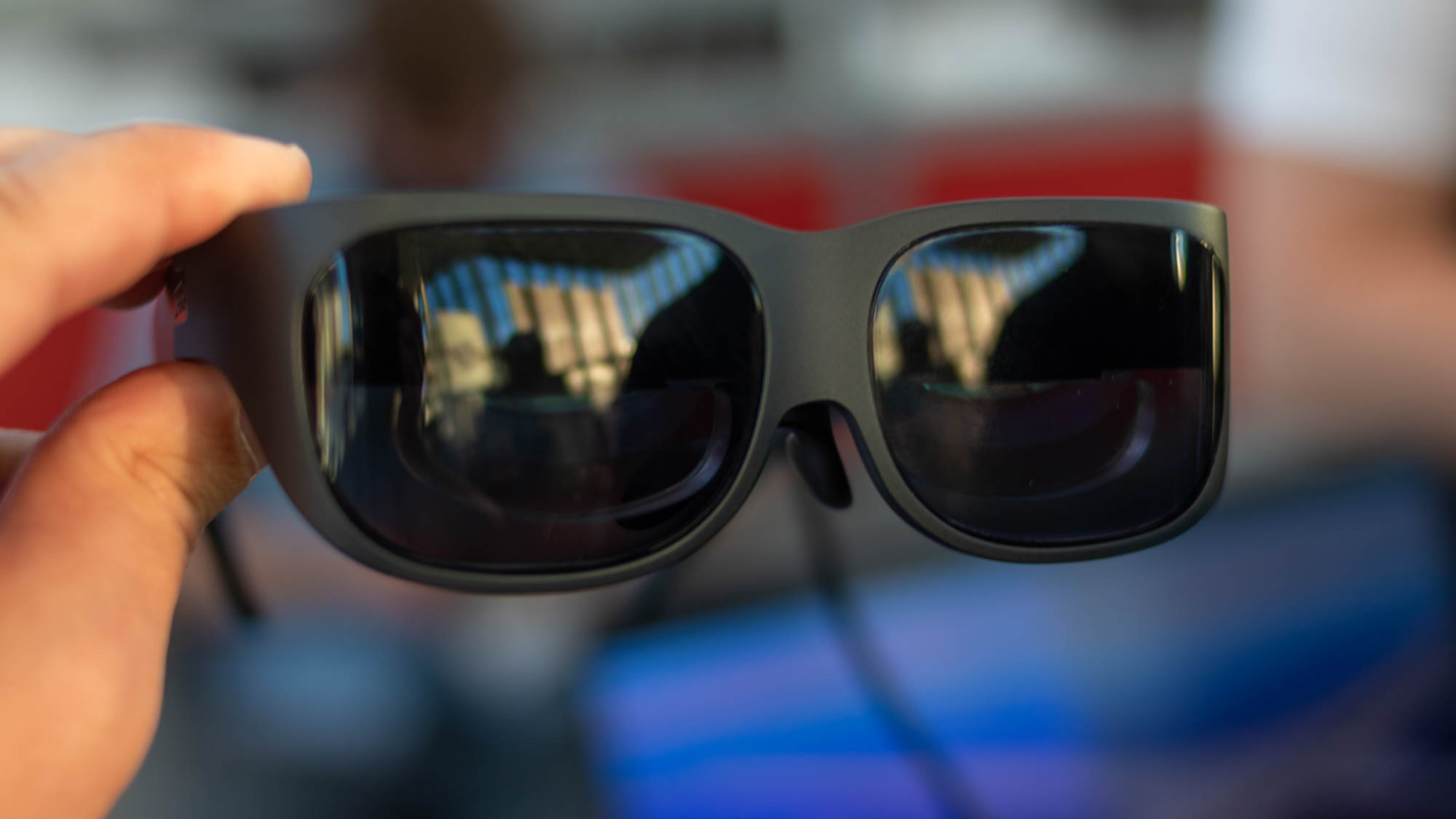 Has Lenovo found the ultimate business use case for smart glasses?
Has Lenovo found the ultimate business use case for smart glasses?Opinion Lenovo’s T1 smart glasses offer a virtual desktop that only you can see
By Bobby Hellard
-
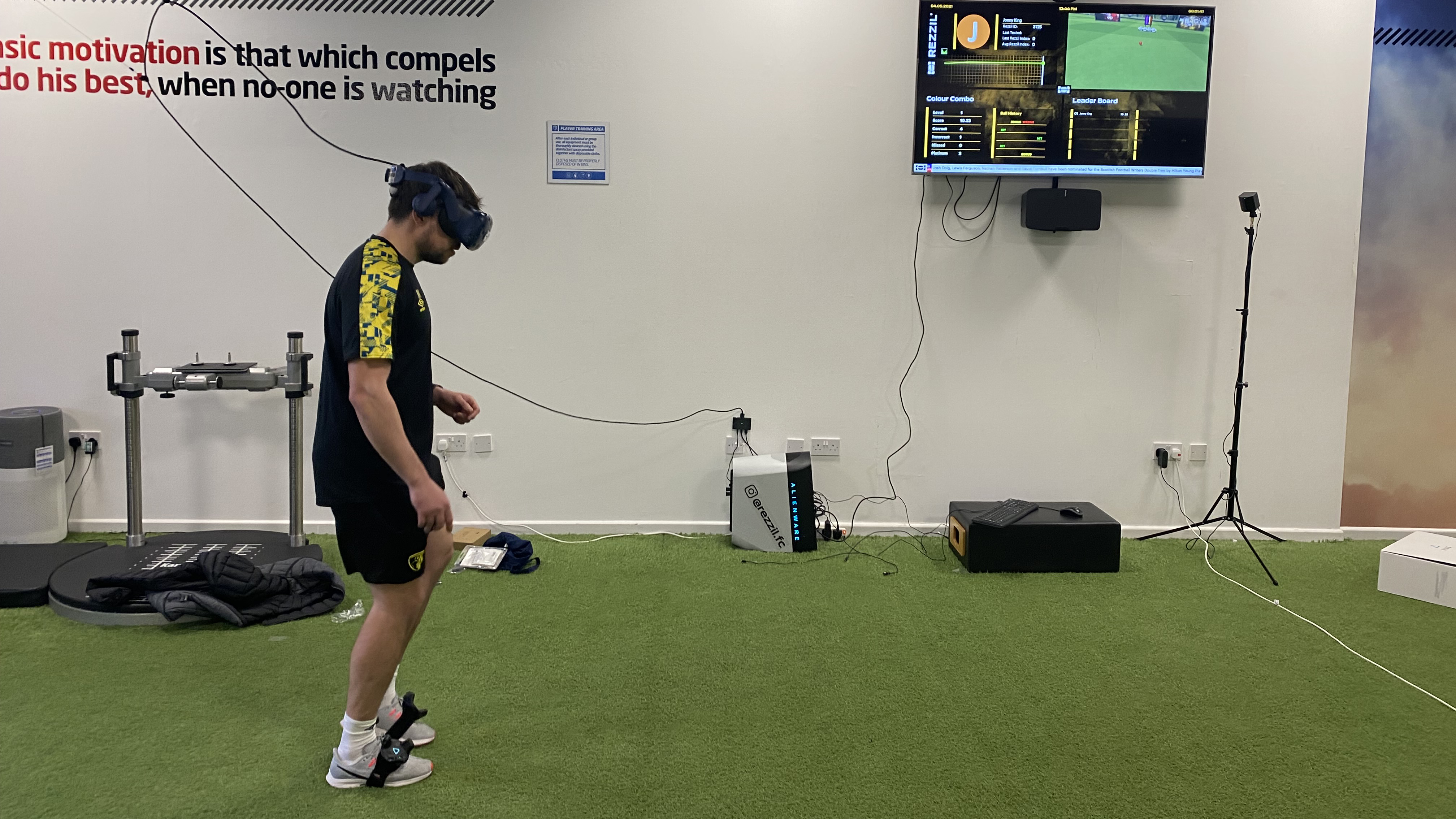 Virtual striker: Using VR to train Premier League stars
Virtual striker: Using VR to train Premier League starsCase Studies How one company is taking VR out of the boardroom and into the locker room
By Adam Shepherd
-
 NeuPath and Cynergi will bring VR therapy to chronic pain management
NeuPath and Cynergi will bring VR therapy to chronic pain managementNews NeuPath will integrate Cynergi’s VR program with its remote pain management platform
By Praharsha Anand
-
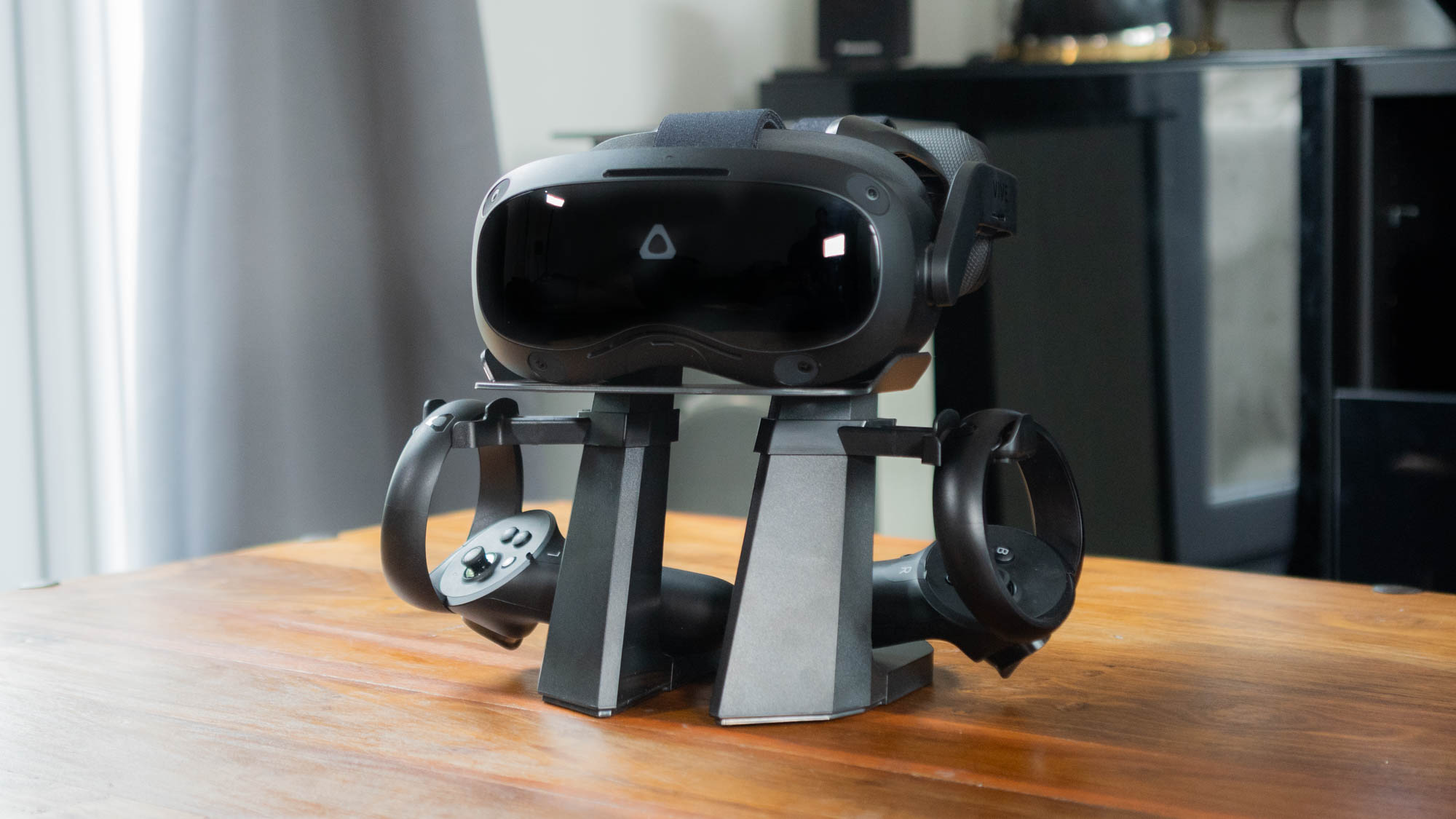
 HTC Vive Focus 3 review: The future of VR is here
HTC Vive Focus 3 review: The future of VR is hereReviews This smart and stylish headset is a leap forward for the technology
By Adam Shepherd
-
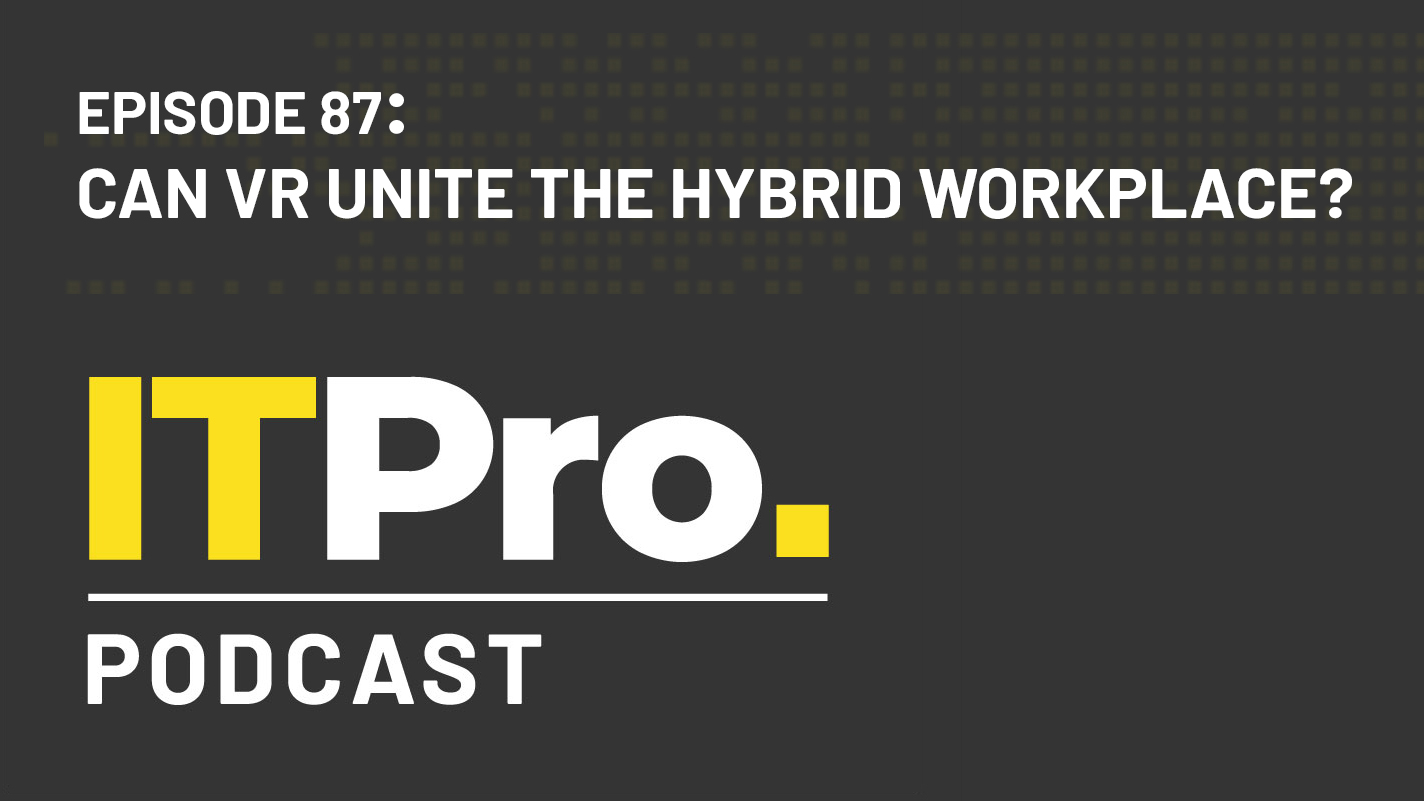 The IT Pro Podcast: Can VR unite the hybrid workplace?
The IT Pro Podcast: Can VR unite the hybrid workplace?IT Pro Podcast How one company is using virtual reality to bring its staff together
By IT Pro
-
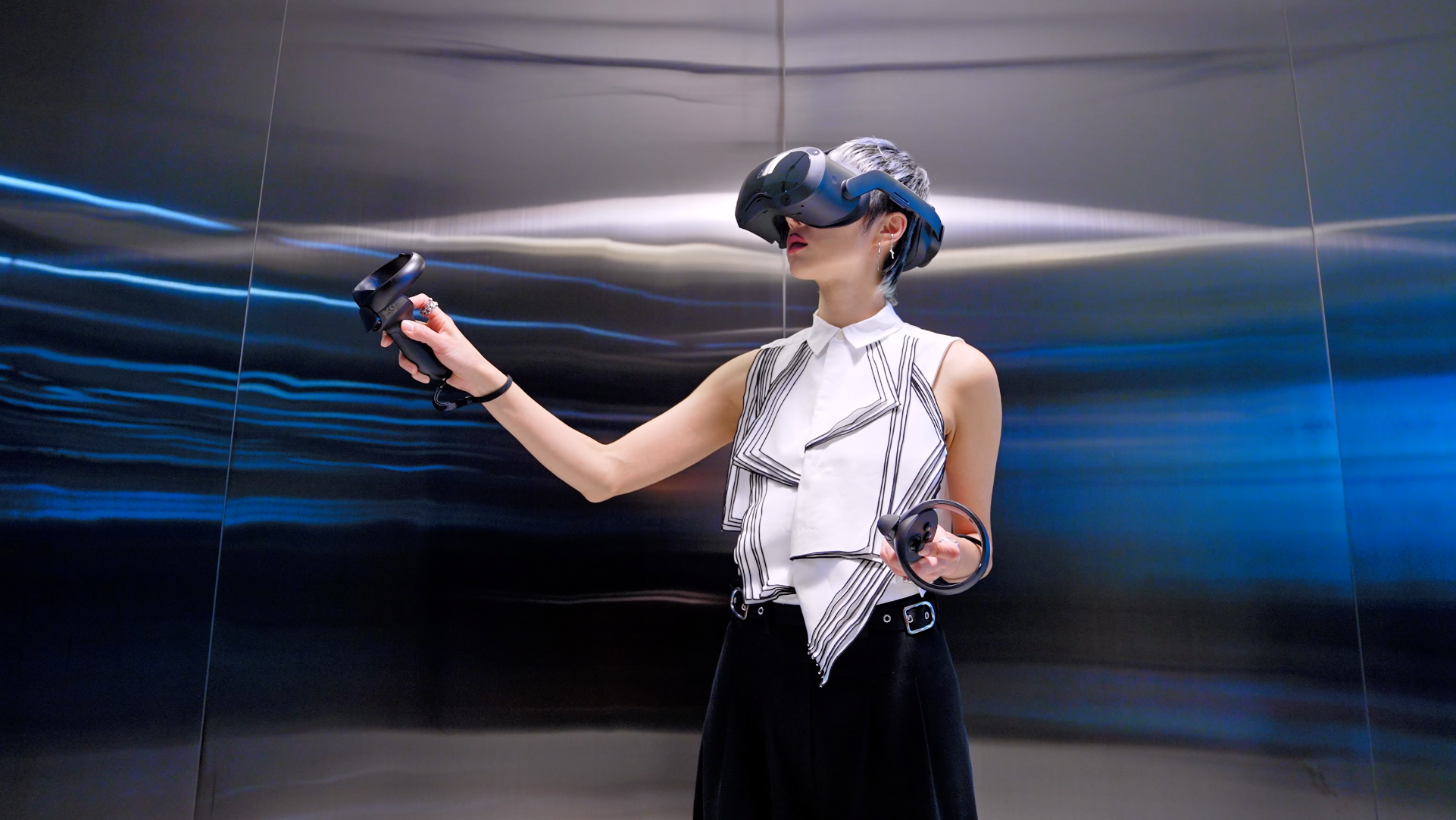 HTC launches new business-focused VR headsets
HTC launches new business-focused VR headsetsNews Vive Pro 2 and Vive Focus 3 include 5K resolution, larger field of view, and business management tools
By Adam Shepherd
-
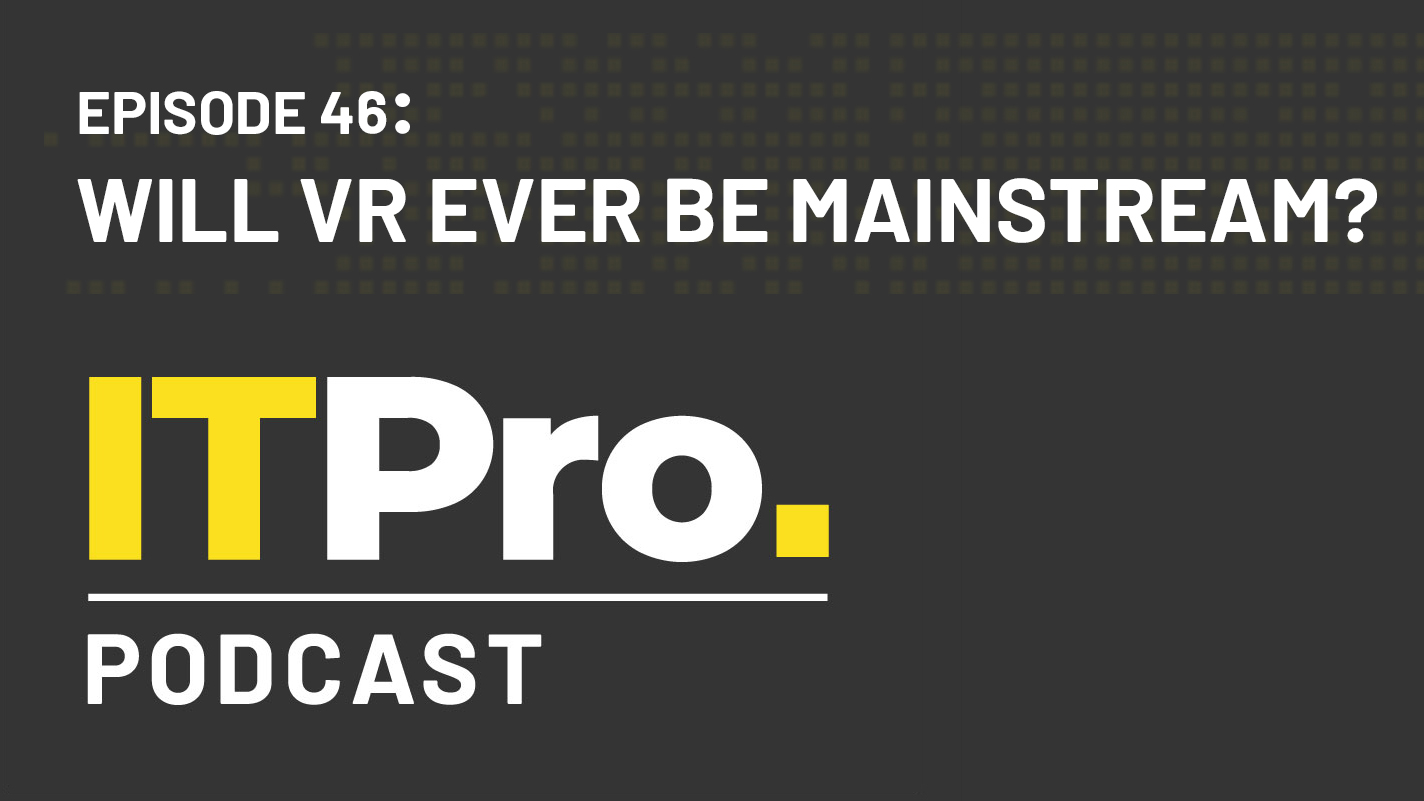 The IT Pro Podcast: Will VR ever be mainstream?
The IT Pro Podcast: Will VR ever be mainstream?IT Pro Podcast Despite years of development, VR is still a niche technology
By IT Pro
-
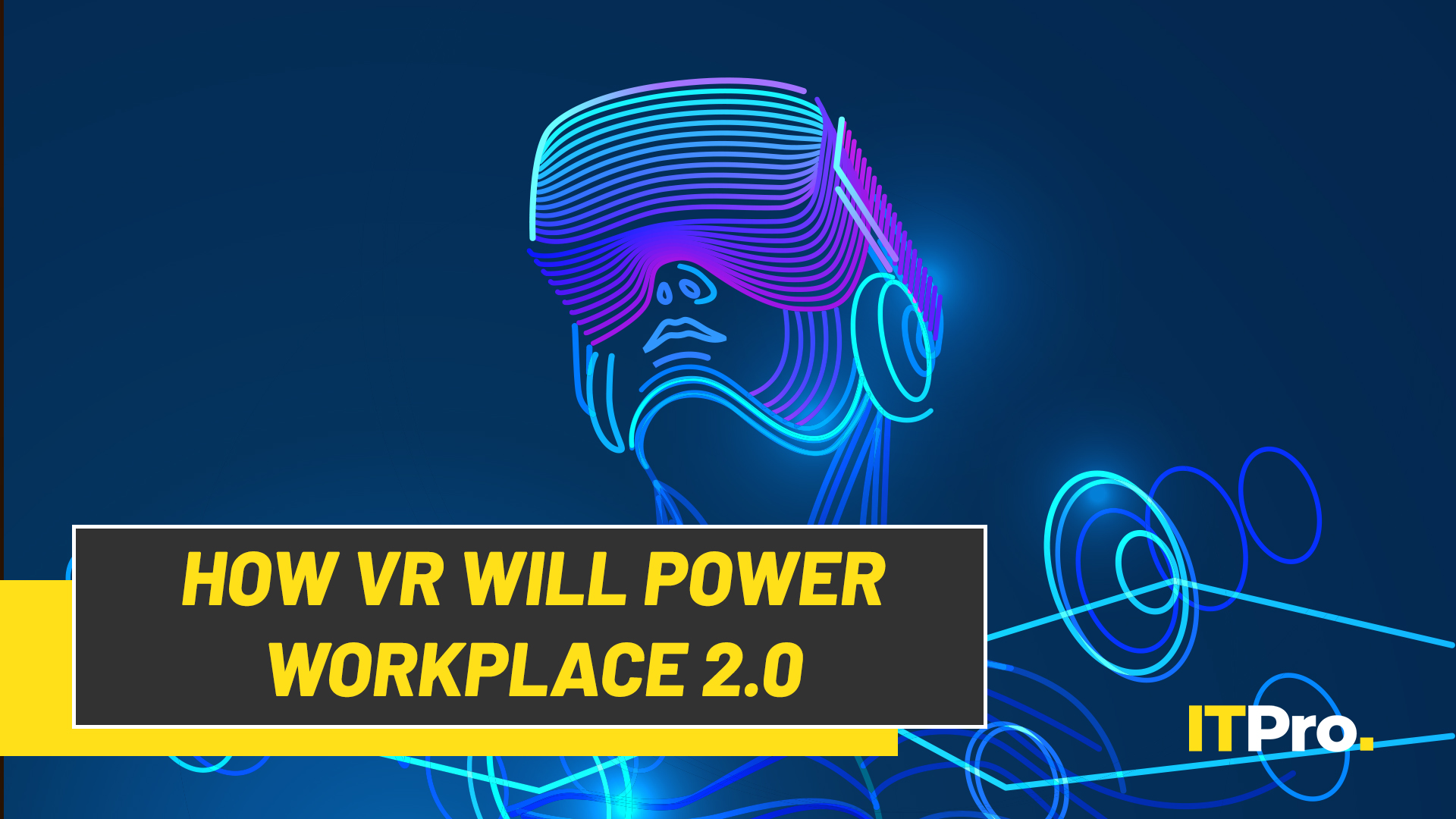 IT Pro Live: How virtual reality will power Workplace 2.0
IT Pro Live: How virtual reality will power Workplace 2.0Video The office of the future might not be a physical office at all
By IT Pro